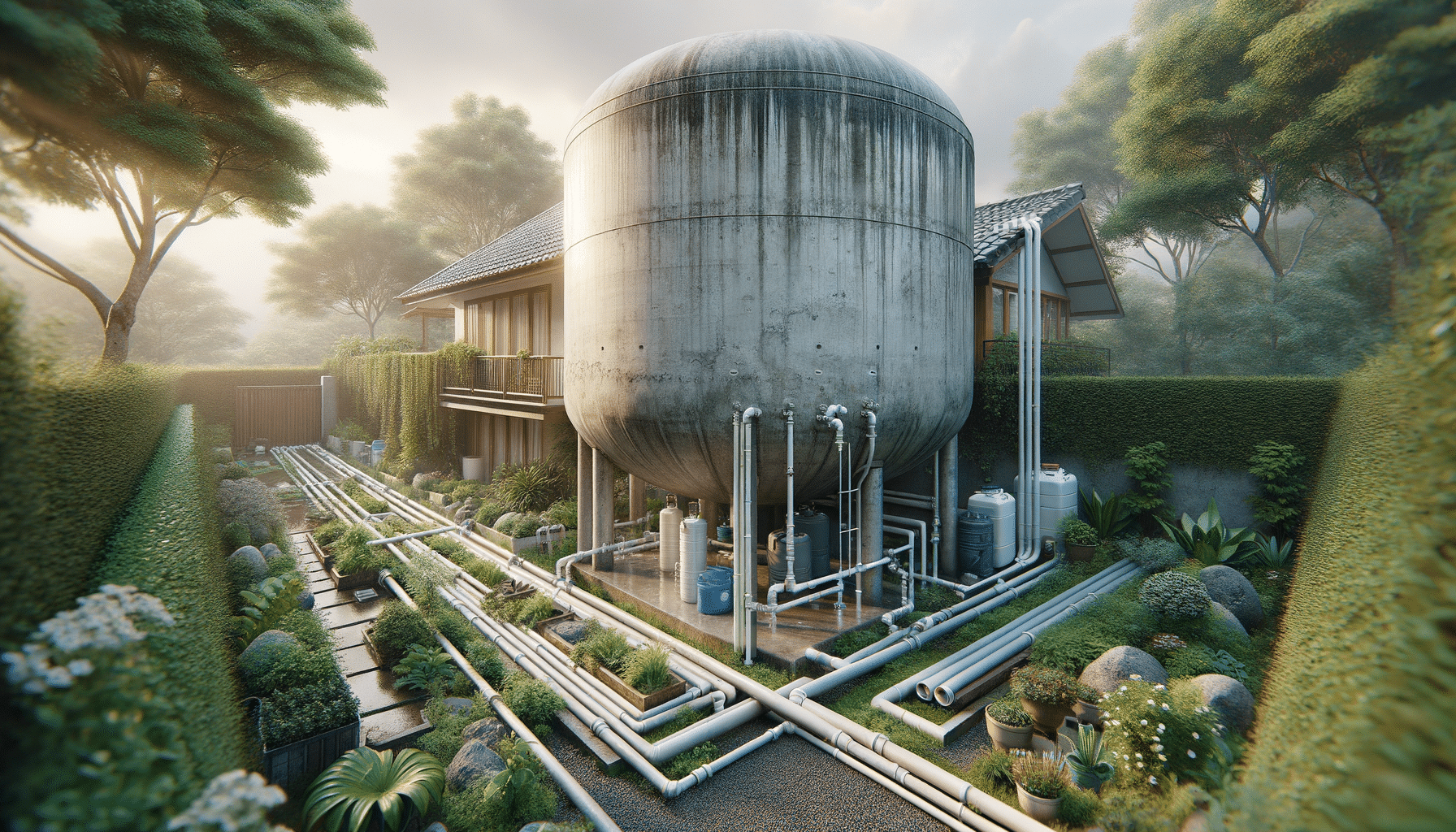
Installing a Rainwater Collection System: A Step-by-Step Guide
Introduction to Rainwater Collection Systems
With increasing environmental concerns and the need for sustainable living, rainwater collection systems have become a popular solution for conserving water and reducing utility bills. These systems, designed to capture and store rainwater for later use, can significantly reduce the reliance on municipal water supplies. This practice is not only eco-friendly but also cost-effective, making it an attractive option for homeowners and businesses alike. In this article, we will explore the intricacies of installing a rainwater collection system, offering practical advice and considerations for a successful setup.
Benefits of Rainwater Harvesting
Rainwater harvesting offers numerous benefits that extend beyond simple water conservation. By capturing rainwater, you can reduce your dependency on the municipal supply, which is particularly advantageous in regions prone to droughts or water restrictions. Additionally, rainwater is naturally soft and free of chemicals, making it ideal for gardening and irrigation purposes. Some key benefits include:
- Reduction in water bills
- Minimized flood risk through controlled water runoff
- Support for sustainable landscaping
- Environmental conservation by reducing demand on local water resources
These advantages make rainwater collection a prudent choice for those looking to contribute positively to the environment while enjoying practical benefits.
Choosing the Right System for Your Needs
Selecting the appropriate rainwater collection system involves considering several factors, including your water needs, budget, and local climate. There are various systems available, ranging from simple barrel setups to more complex underground tanks. Here are some considerations:
- Capacity: Estimate the amount of water you wish to collect based on your monthly usage and rainfall patterns.
- Type: Choose between above-ground and underground systems based on space availability and aesthetic preferences.
- Material: Consider the durability and maintenance needs of different materials such as plastic, metal, or concrete.
By evaluating these factors, you can select a system that aligns with your goals and environmental conditions.
Installation Process
Installing a rainwater collection system can be a straightforward process if approached methodically. Here is a step-by-step guide to help you through the installation:
- Site Assessment: Evaluate the area where the system will be installed, considering factors like roof catchment area and proximity to downspouts.
- Select Components: Gather necessary components including gutters, downspouts, storage tanks, and filtration systems.
- Prepare the Site: Level the area where the storage tank will be placed and ensure proper drainage.
- Install Gutters and Downspouts: Secure gutters to the roof and connect them to downspouts leading to the storage tank.
- Connect the System: Attach the downspouts to the tank, ensuring that water flows efficiently into the storage system.
- Test and Maintain: Once installed, test the system for leaks and ensure regular maintenance to keep it functioning optimally.
Following these steps can facilitate a seamless installation process, allowing you to start collecting rainwater efficiently.
Maintenance and Troubleshooting
Regular maintenance is crucial to ensure the longevity and effectiveness of your rainwater collection system. Routine checks and cleaning can prevent common issues such as clogs or leaks. Here are some maintenance tips:
- Inspect Gutters and Downspouts: Regularly remove debris and check for blockages.
- Check Storage Tanks: Ensure tanks are sealed properly to prevent contamination and inspect for any cracks or leaks.
- Monitor Filtration Systems: Replace filters as needed to maintain water quality.
If you encounter any issues, such as low water flow or unusual odors, troubleshoot by checking the connections and ensuring all components are functioning as intended. Addressing problems promptly can prevent larger issues and ensure your system continues to operate efficiently.


